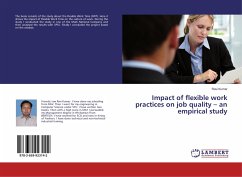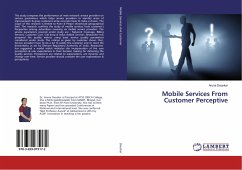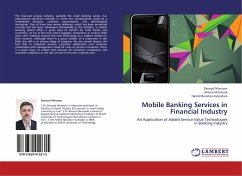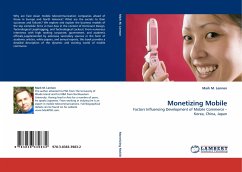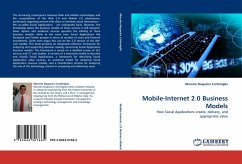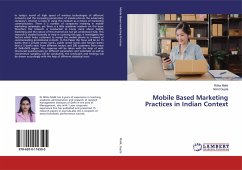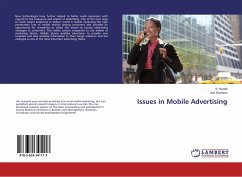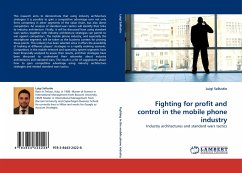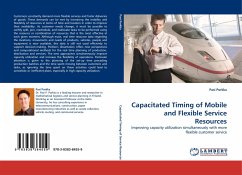
Capacitated Timing of Mobile and Flexible Service Resources
Improving capacity utilization simultaneously with more flexible customer service
Versandkostenfrei!
Versandfertig in 6-10 Tagen
39,99 €
inkl. MwSt.

PAYBACK Punkte
20 °P sammeln!
Customers constantly demand more flexible services and faster deliveries of goods. These demands can be met by increasing the mobility and flexibility of resources in terms of time and location in order to improve their availability. As customer needs change, it must be possible to swiftly split, join, reschedule, and reallocate tasks to be performed using the resource or combination of resources that is the most effective at each given moment. Although exact, real time resource data regarding the locations, movements and needs of products, vehicles, people and equipment is now available, this...
Customers constantly demand more flexible services and faster deliveries of goods. These demands can be met by increasing the mobility and flexibility of resources in terms of time and location in order to improve their availability. As customer needs change, it must be possible to swiftly split, join, reschedule, and reallocate tasks to be performed using the resource or combination of resources that is the most effective at each given moment. Although exact, real time resource data regarding the locations, movements and needs of products, vehicles, people and equipment is now available, this data is still not used efficiently to support decision-making. Porkka's dissertation offers new perspectives and computational methods for the real time planning of production, distribution and services. The new approaches simultaneously improve capacity utilization and increase the flexibility of operations. Particular attention is given to the planning of the set-up time preceding production batches and the time spent moving between customers and tasks, as ignoring the time spent on these activities could lead to unrealistic or inefficient plans, especially in high capacity utilization.



